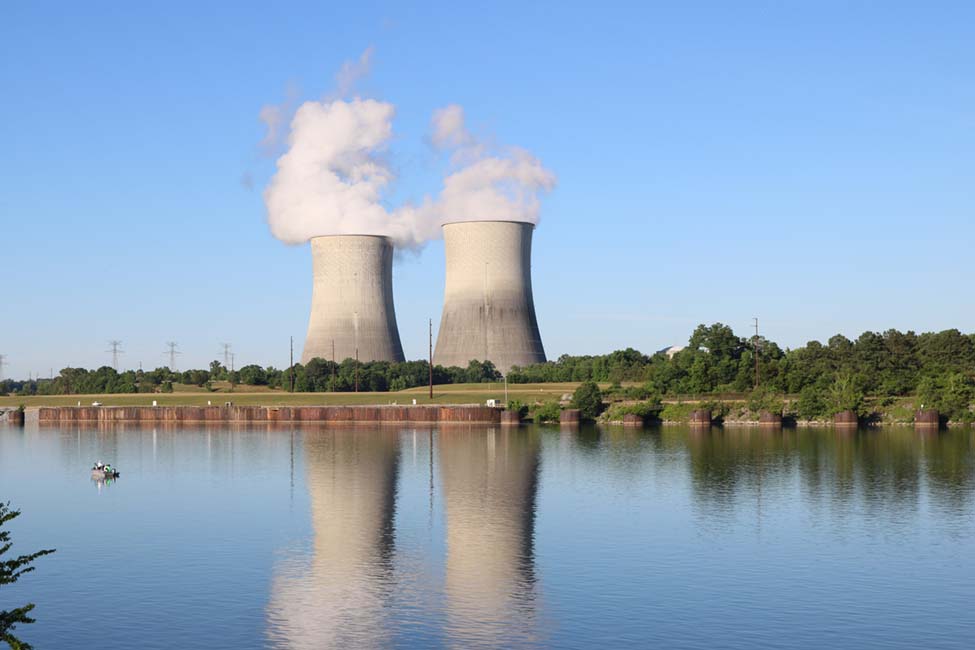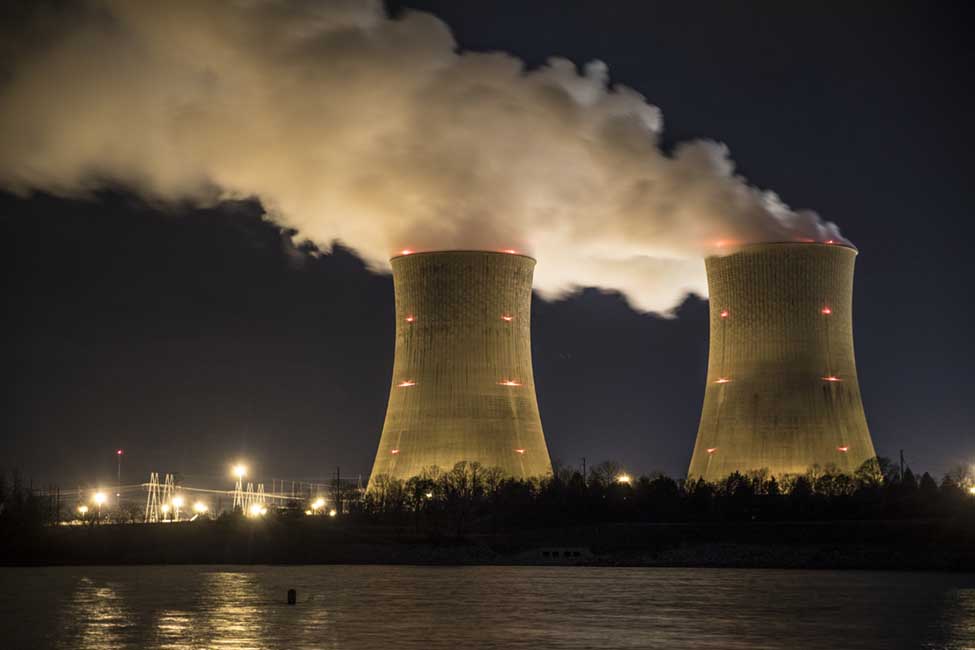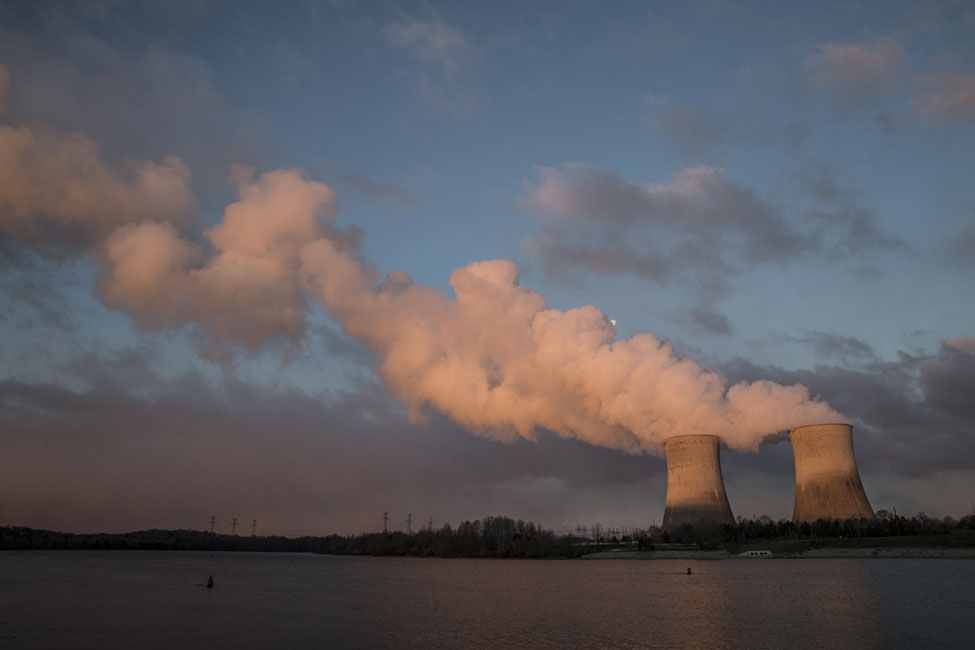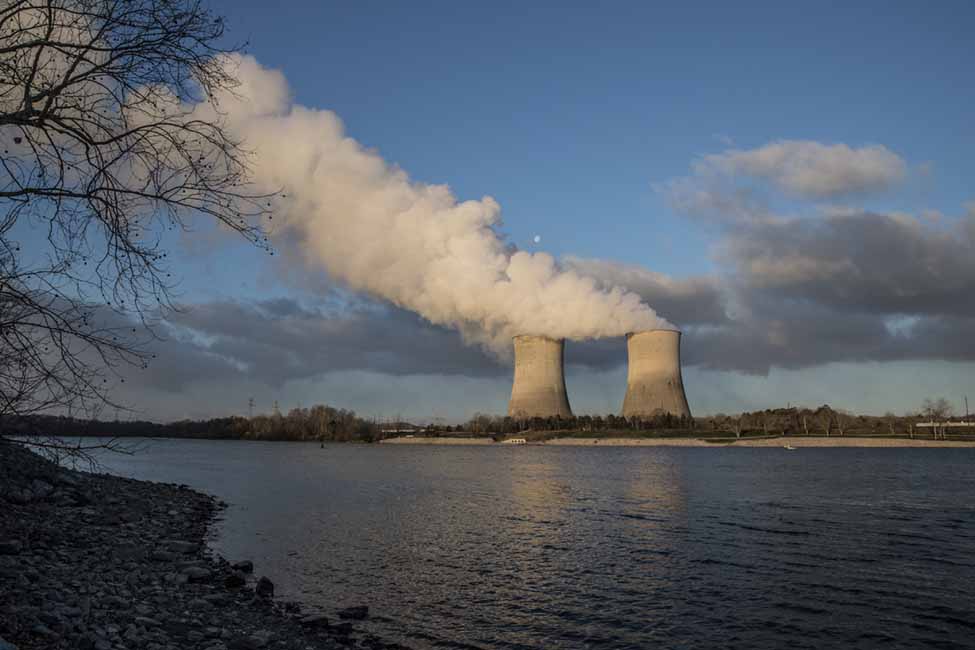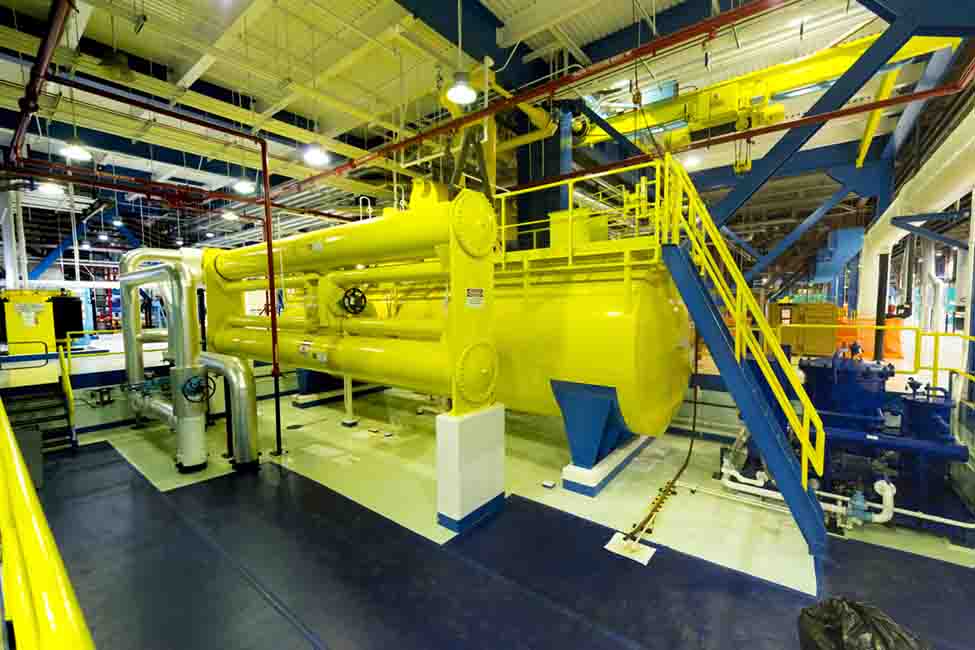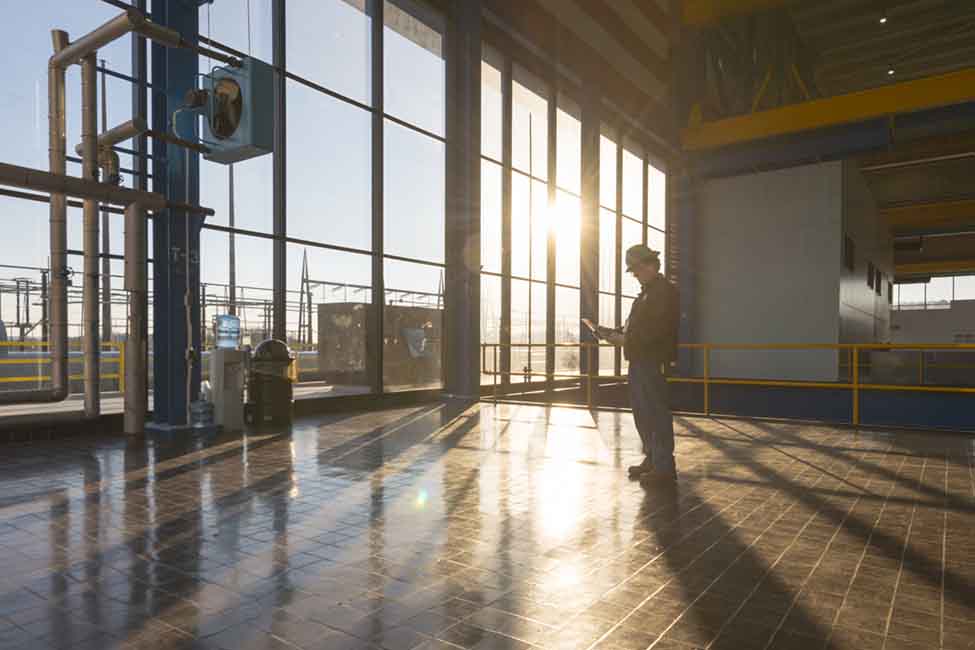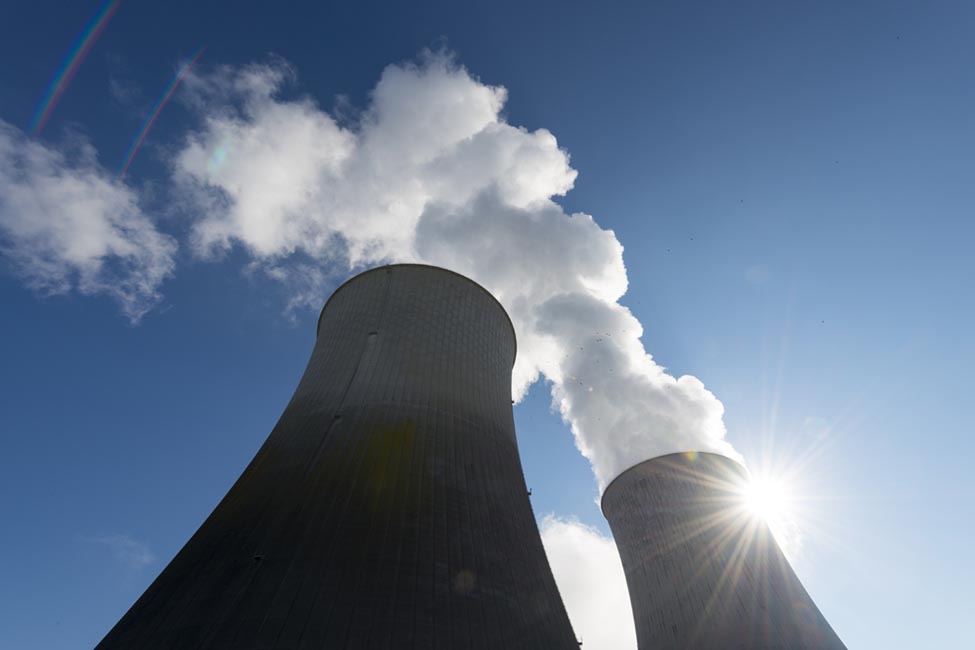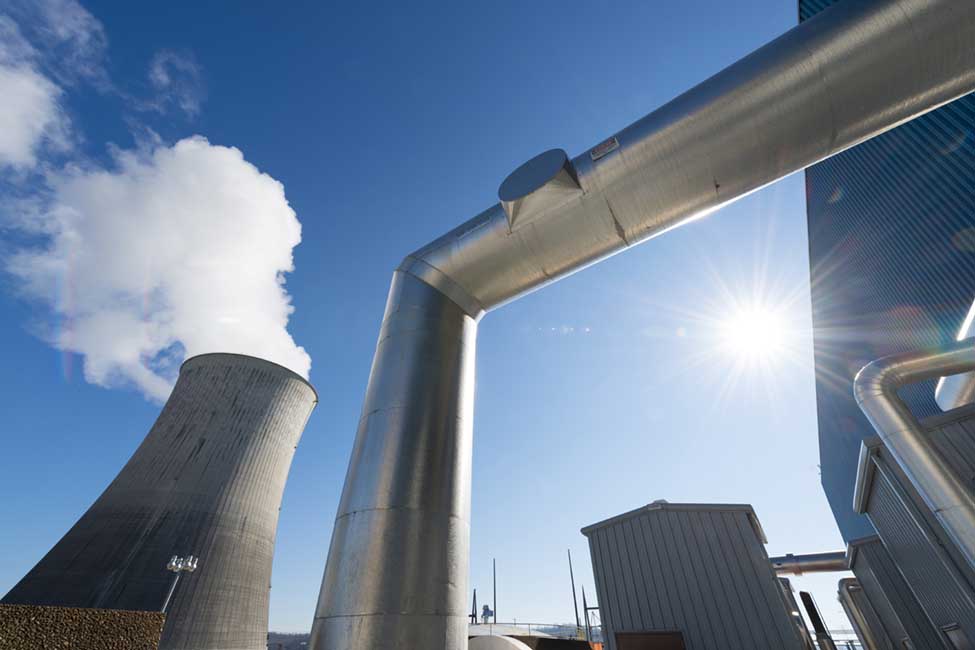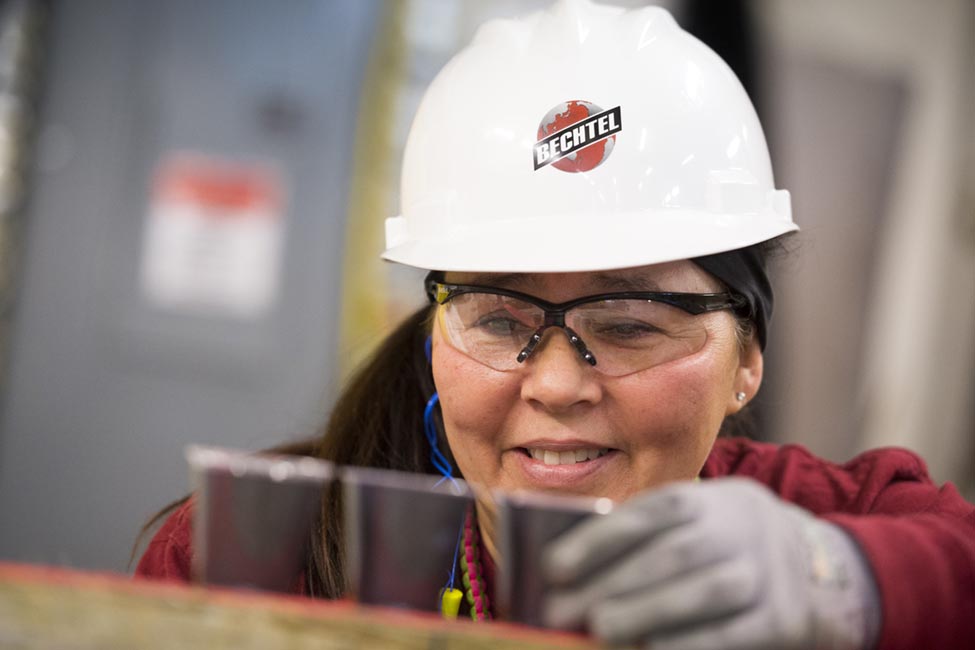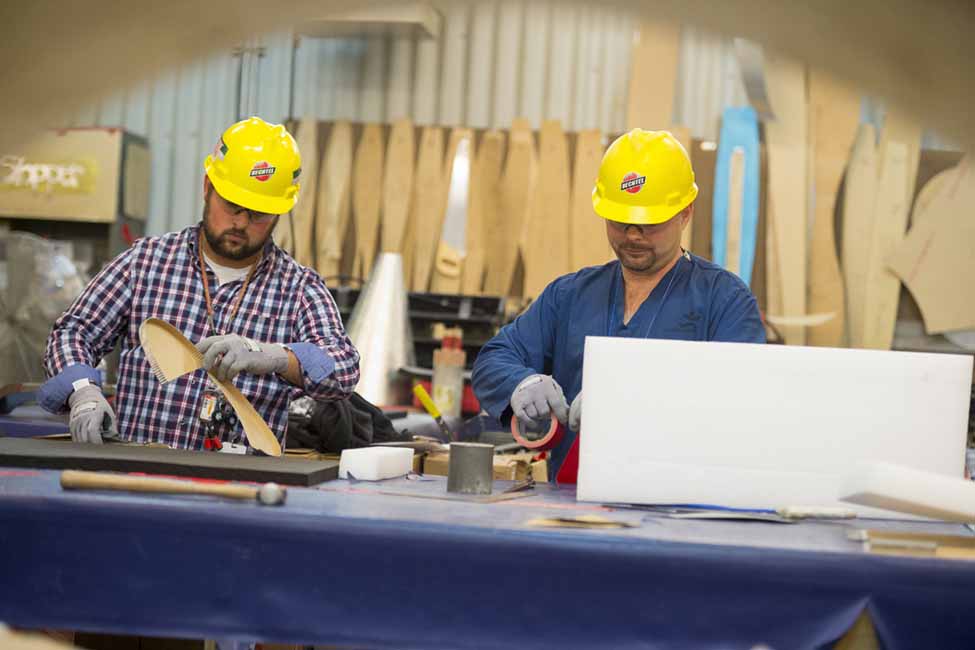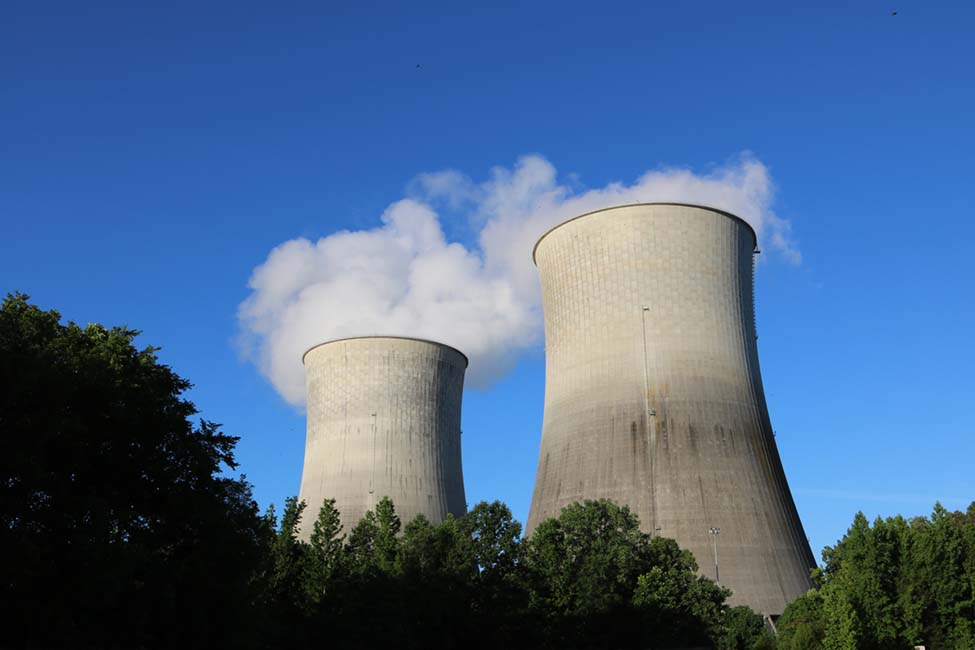The Tennesee Valley Authority provides electricity to some 10 million customers in the southestern United States.
With a dynamic and adaptable porfolio of plants, TVA has undertaken a program to replace coal-fired power with cleaner generation. TVA's seven nuclear reactors are stable and reliable contributors of 24/7 carbon-free electricity.
In 2015, construction was completed on Watts Bar Unit 2, a TVA nuclear power plant in the state of Tennessee that was placed on hold some 30 years ago. Unit 2 was about 60 percent finished in 1985 when construction was halted due to a projected decrease in demand for electricity.
In 2007, with demand again increasing, TVA decided to complete construction and awarded the project to Bechtel. The project brought the plant up to all current engineering standards. Watts Bar Unit 2 is the first new nuclear reactor to receive authorization to operate this century.
First nuclear plant to meet new, more stringent NRC standards
Watts Bar Unit 2 is a pressurized water reactor, in which water heated by nuclear fuel rods becomes steam that drives a turbine to generate power. The unit added nearly 1,200 megawatts to TVA’s power system—enough electricity to power some 650,000 homes—without generating greenhouse gases.
In June of 2015, Watts Bar became the first nuclear power plant in the United States to complete safety upgrades and meet new Nuclear Regulatory Commission regulations established after the 2011 earthquake and tsunami that struck Fukushima Daiichi Nuclear Power Station in Japan.
By October 2016, commercial operation of Unit 2 was achieved and Watts Bar officially became a dual-unit site.
TVA has invested in nuclear power as a key component to generating safe, reliable, clean and low-cost energy. The continued safe and reliable performance of TVA’s nuclear fleet and the integration of Watts Bar as a dual-unit site in a safe and high-quality manner are essential in serving the 9 million people in the Tennessee Valley.
Safe, quality work and local economic development
Watts Bar Unit 2 employed nearly 3,200 workers during construction and added about 250 permanent workers for operation of the plant. The project also provided economic benefits to the area through regional purchases of supplies and services.
Avoiding up to 8 million tons of carbon dioxide per year
Watts Bar Unit 2 helps help meet the demand for electricity in the Tennessee Valley with low-cost, carbon-free electricity. It will help replace older, more costly, and less efficient coal units that are being retired. One nuclear unit can make as much electricity as five to 10 coal units without carbon emissions. Experts estimate that Watts Bar Unit 2 will help TVA avoid coal-fired emissions of between 6 million and 8 million tons of carbon dioxide a year.


